Accordingly, Venus is blocking human view of many near-Earth asteroids – giant space rocks with orbits that pass close to or near our planet’s – that have the potential to cause a devastating collision.
Many asteroids that orbit Venus are nearly impossible to observe because they are always in the glare of the sun, said a team of researchers from Brazil, France and Italy.
Most worrying are three asteroids in particular: 2020 SB, 524522, and 2020 CL1 – all of which have orbits that bring them very close to Earth.
Even these asteroids do not maintain perfectly stable orbits. Any small change in gravity can throw them off course and send them hurtling towards Earth.
All three asteroids, which are associated with Venus, range in diameter from 330 to 1,300 feet. If they hit the Earth, they could flatten entire cities, trigger massive fires and create massive tsunamis.
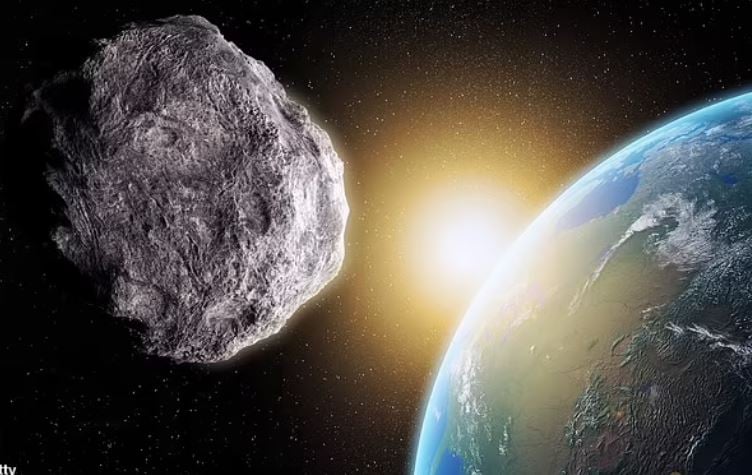
At least three asteroids that can destroy cities and possibly strike Earth have been discovered near our nearest neighbor in the solar system.
However, the researchers also said that the Rubin Observatory in Chile could detect dangerous objects from the “blind spot” near Venus – where ground-based telescopes cannot observe directly. But the warning time before impact would be extremely short, only two to four weeks.
If one of these three asteroids were to hit Earth, the impact would create a crater more than 2 miles wide and release more than a million times the energy of the nuclear bomb that devastated Hiroshima, Japan in 1945.
The research, led by scientist Valerio Carruba of the University of São Paolo (Brazil), focused on asteroids that share the same orbit as Venus around the sun – known as co-orbital asteroids.
In a report published in the journal Astronomy and Astrophysics, the authors wrote: “There are currently about 20 identified co-orbital asteroids with Venus.”
However, they warn: “Co-orbital status may protect asteroids from close approaches to Venus, but it does not prevent the risk of collision with Earth.”
In a visual sense, these asteroids are like dancers moving in sync with Venus around the sun. Their synchronous orbits keep them at a safe distance from the sun, but they can cross Earth's orbit at dangerous times.
If the two meet at an intersection in space, a collision may occur.
Most worrying are the three asteroids 2020 SB, 524522 and 2020 CL1, because they all have very low Minimum Orbit Intersection Distances (MOIDs) – the smallest distance between their orbits and Earth's orbit around the sun.
The smaller the MOID, the higher the risk of impact. For the three asteroids near Venus, their MOIDs are all less than 0.0005 astronomical units (AU), or about 46,600 miles – closer than the distance from the moon to Earth.
In April, NASA scientists raised the chances of an asteroid hitting the moon to 4%. Previously, the probability of hitting Earth was also raised to 3.1% – the highest level ever recorded for a large asteroid.
Since ground-based telescopes are limited in observing all directions in space, experts propose launching a dedicated probe towards Venus.
According to the research team, this is the only solution that can comprehensively map the dangerous asteroids that are still “invisible” in the Earth's blind spot.
Previously, in February, NASA ruled out the possibility of another asteroid – 2024 YR4 – hitting Earth in 2032.
However, the object is still about 200 feet in diameter and its chance of colliding with the moon is estimated to be 1 in 25.
If it fell to Earth, 2024 YR4 could create an explosion at least 500 times more powerful than the Hiroshima atomic bomb.
Even though it is out of the danger zone, scientists continue to monitor 2024 YR4 to determine its exact composition.
If this asteroid hits the moon in the next seven years, it will be humanity's first chance to directly witness an impact crater created by a known asteroid.
Data from this event could help scientists better understand the mechanisms that form other impact craters on the lunar surface – and possibly on Earth in the future.
Source: https://doanhnghiepvn.vn/cong-nghe/tieu-hanh-tinh-co-kha-nang-huy-diet-thanh-pho-co-the-lao-vao-trai-dat-chi-trong-vai-tuan-gioi-khoa-hoc-canh-bao-nguy-co-tu-diem-mu-ngoai-khong-space/20250529111130255



![[Photo] Discover unique experiences at the first World Cultural Festival](https://vphoto.vietnam.vn/thumb/1200x675/vietnam/resource/IMAGE/2025/10/11/1760198064937_le-hoi-van-hoa-4199-3623-jpg.webp)







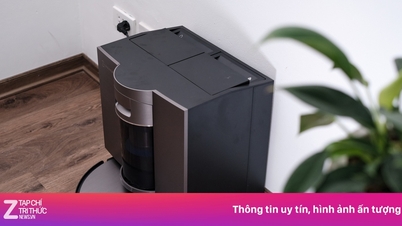
















![[Photo] General Secretary attends the parade to celebrate the 80th anniversary of the founding of the Korean Workers' Party](https://vphoto.vietnam.vn/thumb/1200x675/vietnam/resource/IMAGE/2025/10/11/1760150039564_vna-potal-tong-bi-thu-du-le-duyet-binh-ky-niem-80-nam-thanh-lap-dang-lao-dong-trieu-tien-8331994-jpg.webp)































![[Photo] General Secretary attends the 80th Anniversary of the Traditional Day of the Armed Forces of Military Region 4](https://vphoto.vietnam.vn/thumb/402x226/vietnam/resource/IMAGE/2025/10/12/1760265970415_image.jpeg)
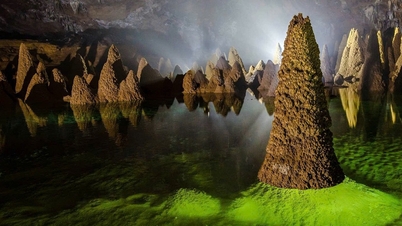

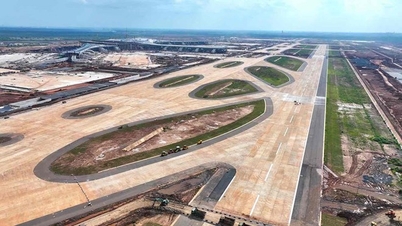




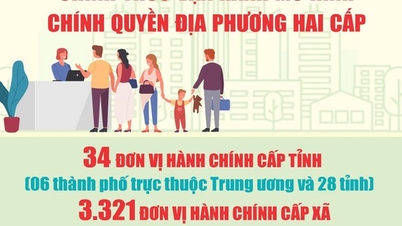
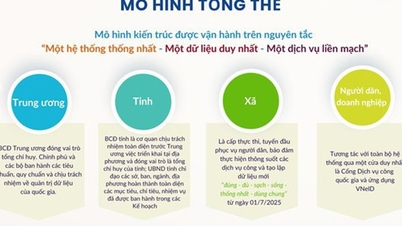

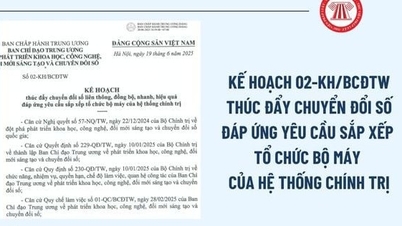

























Comment (0)